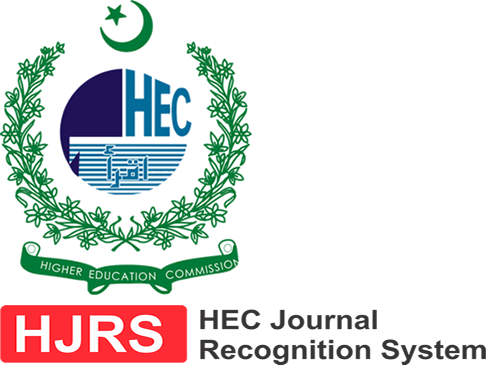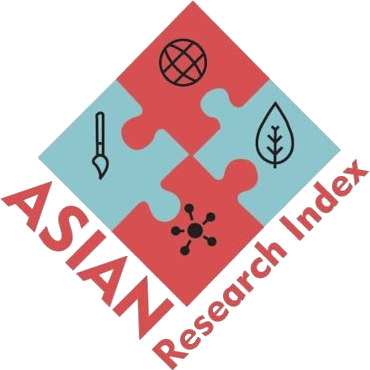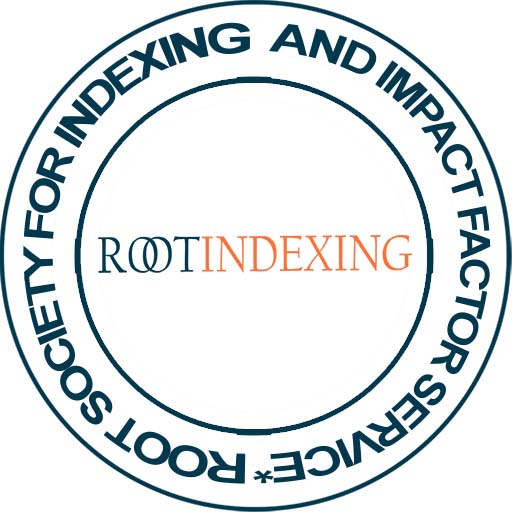Application of Nida’s Concept of Formal and Dynamic Equivalence to English Translation of Surah Al-Tariq
DOI:
https://doi.org/10.5281/zenodo.7574240Keywords:
Formal and dynamic equivalence, English translation, Surah Al-TariqAbstract
The Holy Quran is the last book of Allah revealed to Holy Prophet Muhammad PBUH. It has been translated into many languages of the world. I have chosen English translation of one of its chapters i.e. Surah Al-Tariq to examine Eugene Nida's theory of translation. Considering Formal and Dynamic Equivalence as theoretical framework, I will evaluate the translation of Surah Al-Tariq, translated by an Ahmadi scholar, Muhammad Ali, in order to examine to what extent Eugene Nida's theory of translation is applicable to English translation of Surah Al-Tariq. The Holy Qura'n is comprised of 114 Surahs which are in certain order. Current research will facilitate us apply the same theoretical framework to other Surahs of the Holy Quran in order to enhance our understanding about it.
References
Arberry, A. J.The Koran Interpreted: A Translation. New York, NY: Simon &Schuster, 1996, 11-20.
Nida, Eugene A. Toward a Science of Translating. Leiden: EJ Brill, 1964, 156-193.
Nida, Eugene A., and Charles Russell Taber.The Theory and Practice of [Biblical] Translation. Leiden: Brill, 1969, 1-25.
Jakobson, Roman. Language in Literature. Harvard University Press, 1987, 95.
Kettani, Houssain. “2010 World Muslim Population.”In Proceedings of the 8th Hawaii international conference on arts and humanities, 2010, 1–61.
JABAK, OMAR Osman. “Application of Eugene Nida’s Theory of Translation to the English Translation of Surah Ash-Shams.”TranscUlturAl: A Journal of Translation and Cultural Studies 12, no. 2 (2020): 3–18. https://doi.org/10.21992/tc29461.
Yari ,Ameneh, and Sara Zandian. “Adjustments in the Quran Translation Based on Nida and Taber’s Model: A Case Study of Three Translations of AzZariyat Surah.” Applied Research on English Language 11, no. 1 (2022): 1–20.https://doi.org/10.22108/ARE.2021.130075.1766.
Khanlari ,Javed, EbrahimNamdari , and Ehsan. “ A Comparison of Fooladvand and Omid Majd's Translations of Surah Al-Baqarah Based on Nida's Theory.” Pazhouheshdini Journal 19, no. 39 (2019): 31–50. https://doi.org/http://pdmag.ir/article-1-1059-en.html.
Toury, Gideon. “Probabilistic Explanations in Translation Studies: Welcome as They Are, Would They.” Translation Universals, 2004, 15–32. https://doi.org/10.1075/btl.48.03tou.
Chesterman, Andrew. “Beyond the Particular.”Translation Universals, 2004, 33–49. https://doi.org/10.1075/btl.48.04che.
Munday, Jeremy. Introducing Translation Studies Theories and Applications. New York : Routledge, 2016, 2-15.

Downloads
Published
How to Cite
License
Copyright (c) 2022 AL MISBAH RESEARCH JOURNAL

This work is licensed under a Creative Commons Attribution 4.0 International License.
AL-MISBAH Research Journal is full open access and licensed under Creative Commons Attribution 4.0 International License; and Published by: Research Institute of Culture & Ideology (REINCI), Islamabad, Pakistan. This allows the research community and the general public to gain unlimited, free and immediate access to scholarly articles, and to reuse the content freely provided that proper attribution is given to the original authors.









